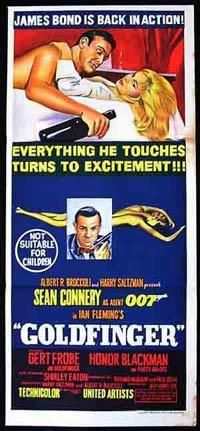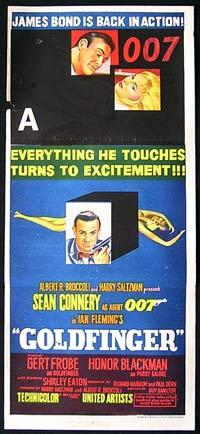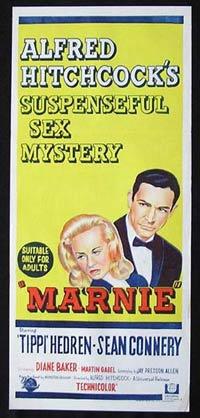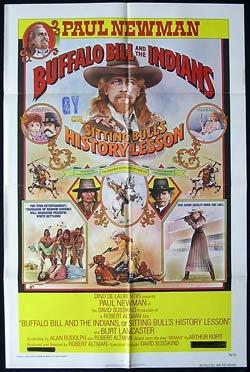ORIGINAL MOVIE POSTERS
New Zealand Censorship 1916-1990s
The inventory included posters from the 50s to the 90s with the majority unused. New Zealand rarely printed movie posters of their own and used American, British and Australian posters and lobby cards. Consequently, the majority had New Zealand censorhip stamps or stickers added. These labels had often been painstakingly applied to every poster and lobby card. In many cases the US or Australian distribution and censor details were blacked out by hand along with any other imagery or text that was considered inappropriate.
Censorship of films and posters began in New Zealand around 1911 when lobby groups started to pressure the government to exercise some control over some of the risque or controversial films that had begun to appear along with some graphically lurid posters. As a result, the Cinematograph Film Censorship Act of 1916 was introduced for the censorship of films. Its amendment in 1926 allowed for the censorship of posters. The various regulations were consolidated in the Cinematograph Films Act of 1928.
In 1956 the Censorship Regulations were revised on the advice of the Film Censor, Gordon Mirams, to provide for five classes of certificate:
- (G) Approved for general exhibition.
- (Y) Recommended as suitable for persons aged 13 and over.
- (A) Recommended as suitable for adults only (persons aged 16 and over).
- (R) Screening restricted to persons over a specified age or to a specified class of audience.
- (S) Recommended as suitable or unsuitable for a specified class of audience.
- (R16) was introduced in the 1950s. 16 year olds were considered for practical purposes to be adults although this was not always the case in other legislation. This system was considered to be somewhat goundbreaking through its focus on parental control rather than cutting films. Despite this Mirams was more willing to cut films than his predecessors.
 |
 |
 |
 |
 |
 |
The Films, Videos and Publications Act of 1993 has produced a revised system that draws on the historical traditions of censorship with its current system of ratings and classifications. Instead of "Indecent" it now uses "Objectionable" and the current "M" (Suitable for mature audiences 16 and over) rating has replaced the older "A" or "Special A" ratings. Posters in New Zealand now use neat stickers for censorship.
The Chief Censors:
- William Jolliffe 1916-1927
- W.A.Tanner 1927-1937
- W.A.Von Kiesenberg 1938-1949
- Gordon Mirams 1949-1959
- Douglas McIntosh 1960-1976
- Bernard Tunnicliffe 1976-1983
- Arthur Everard 1983-1990
- Jane Wrightson 1991-1993
- Kathryn Paterson 1993-1998
- Bill Hastings 1999 – 2010
Censorship and the Value of posters